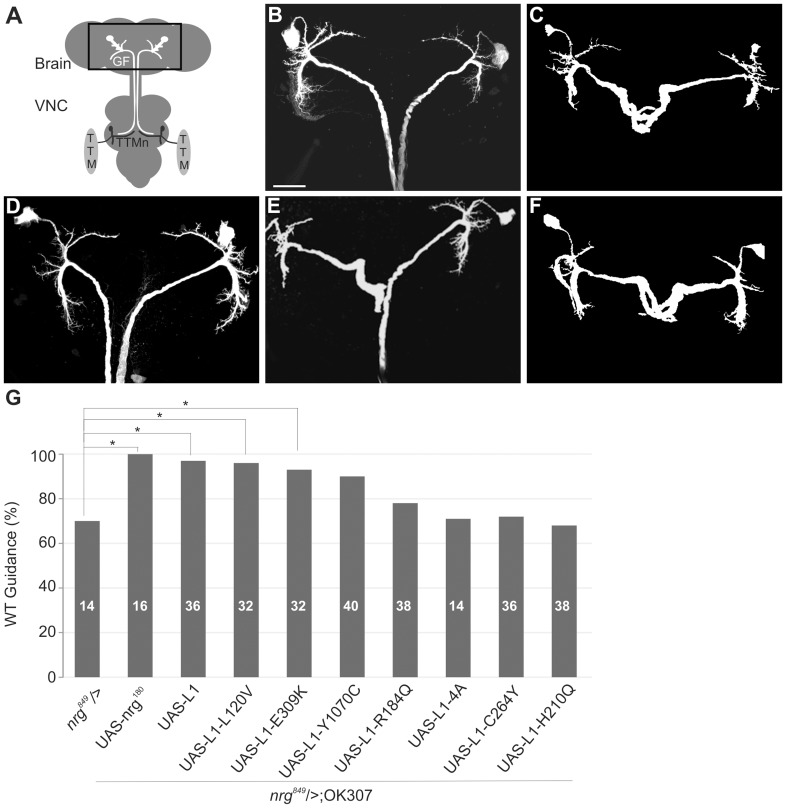Figure 2. Anatomical characterization of GF guidance defects of mutant L1CAM protein expressions in nrg849 background.
(A) Schematic of the giant fiber (GF) to TTM (Tergo-trochanteral Muscle) circuit in Drosophila. The GF soma in the brain extends an axon into the second neuromere of the VNC, where it synapses with the Tergo-trochanteral motor neuron (TTMn), which itself innervates the TTM. Rectangle highlights the brain region depicted in B-F. (B) GF anatomy in the brain of a wild-type control fly. Scale bar represents 50 µm. (C) In a nrg849 animal two GFs were seen to stall in the suboesophageal ganglion. (D) Expression of wild-type human L1CAM in the GF in the nrg849 background rescued the axonal guidance defect. Expression of L1-Y1070C (E) or L1-H210Q (F) in the nrg849 background did not rescue or only partially rescued the axonal guidance phenotype. (G) Bar graph shows the quantification of the axonal guidance defects. The rescue of the nrg849 guidance phenotype by expression of UAS-nrg180, UAS-L1 and the various mutant L1-constructs represented in percent values. The significant differences (Chi-square analysis, p≤0.05) between Nrg180, L1, L1-L120V and L1-E309K expression in the nrg849 background and negative control flies (nrg849) are indicated by asterisks.

